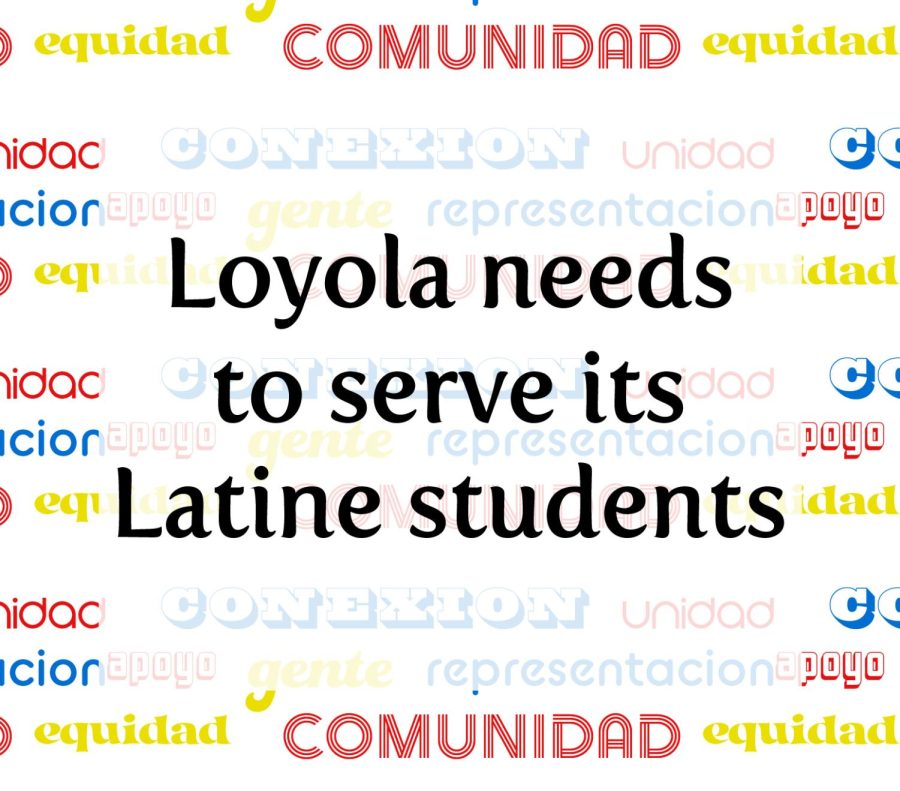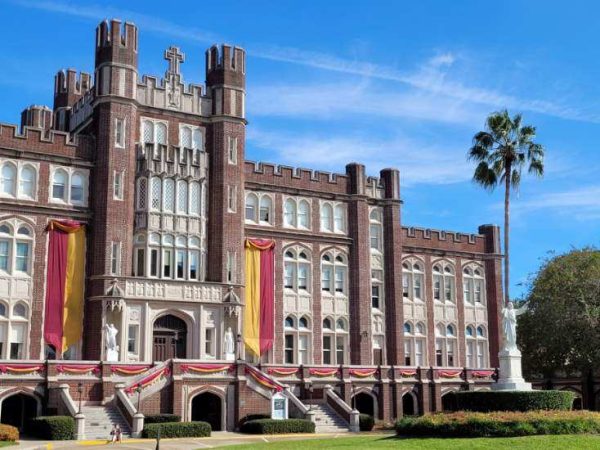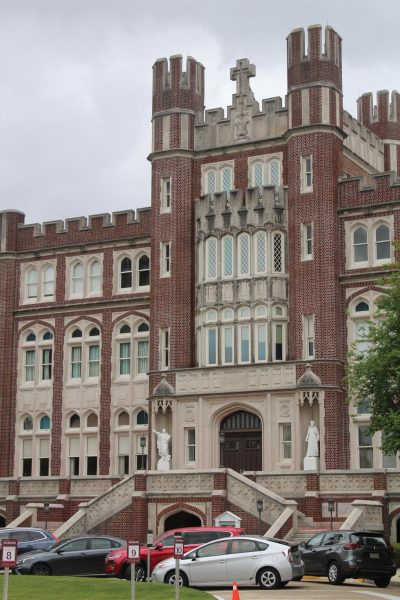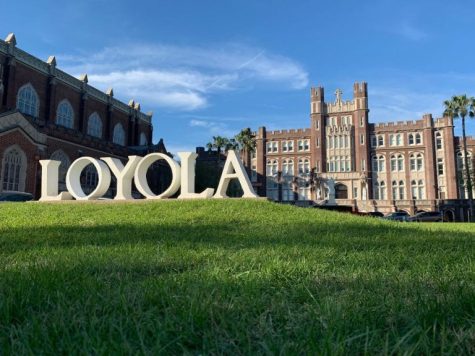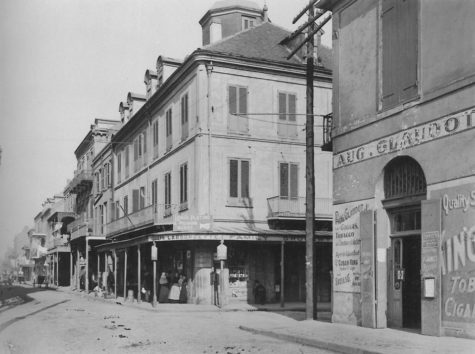EDITORIAL: Loyola needs to serve its Latine Students
One out of five Loyola students is Hispanic/Latine, while only 16 out of 280 full-time faculty members fit the same demographic.
Why are White professors teaching classes about people of color and their experiences? Students should be able to see professors that look like them. It’s unjustifiable that students can complete four years at Loyola and never have a Latine professor.
Loyola is set to become a Hispanic-serving Institution, which allows the university to apply for additional federal funding. It requires that the student body is 25% Hispanic/Latine. Now, 19% of the student body identifies as Hispanic/Latine, but Loyola plans to recruit more students in the next three years to grow this population.
78% of tenured professors and 83% of full-time faculty members are White. This creates a classroom dynamic that prioritizes White opinions and perspectives, leaving students of color in the dust. When the classroom is led by White professors, it puts the responsibility on students of color to facilitate conversations about their identities and educate their peers and professors.
Though federal grant money can’t go towards recurring costs like hiring faculty, Loyola needs to set aside money for creating positions for Latine/Hispanic professors.
Loyola also needs to hire Latine mental health professionals and advisors that can directly address students’ concerns. Students of color should have access to mental health services where they don’t have to explain or justify their identities to White professionals.
The university depends on Latine students to create inclusive communities, but it’s time to take a more active role in supporting them. Student-led organizations, Hispanic Music Appreciation and Organization of Latin American Students, are the two spaces on campus that feature Latine voices. While it’s great that students have built their own communities, it shouldn’t be their responsibility. Students shouldn’t have to go out of their way to find places at Loyola that allow them to celebrate their identities.
While autonomy and freedom of expression are important, so are institutional support and funding. Students shouldn’t be expected to curate an inclusive environment. Loyola needs to play an active role in creating spaces that center Latine students and their experiences.
Loyola needs to ask students what they want, and they need to listen to them. In order to foster an environment of honest communication that allows criticism, the university should create a forum where Hispanic/Latine students can speak out. There should also be a diversity and inclusion representative that makes sure students’ demands are acted upon, not just heard. Equity goes beyond creating scholarships and establishing an SGA branch.
Latine students deserve to feel like they have a home away from home at Loyola. They deserve a university-funded physical space dedicated to them that provides access to resources within the city. They deserve more than club allocations and student-led panels. The university needs to set aside a budget and find a space on campus where Latine students can congregate and find a shared community. While the university is creating a multicultural center, Hispanic /Latine students need an area just for themselves.
The national four-year graduation rate for Latine students is 16%, compared to 36% of White students. Loyola needs to be on the other side of this statistic. It’s time the university stops using their students just as a way to get more federal funding and instead supports them as individuals.
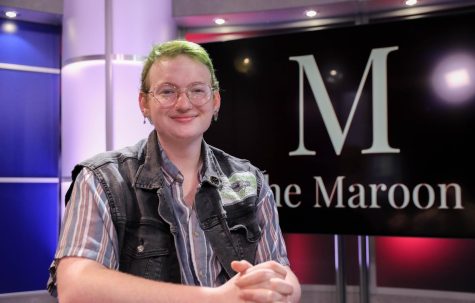
Oliver Bennett is a mass communications journalism and sociology major from Dallas, Texas and Natchitoches, Louisiana. This semester, he’s excited to...

Gabriela Carballo is the editor-in-chief for the Spring 2022 semester. A senior from Miami, Florida, she is double majoring in environmental...
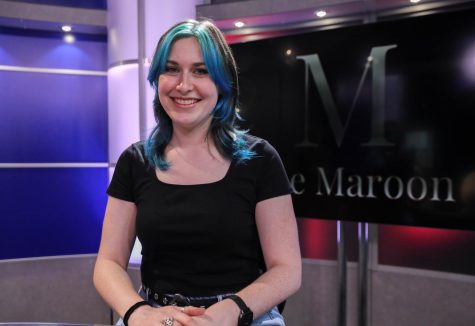
Kat Kelsey is a senior graphic design major and art history minor from Fort Lauderdale, Florida. She has contributed illustrations to the paper for the...


